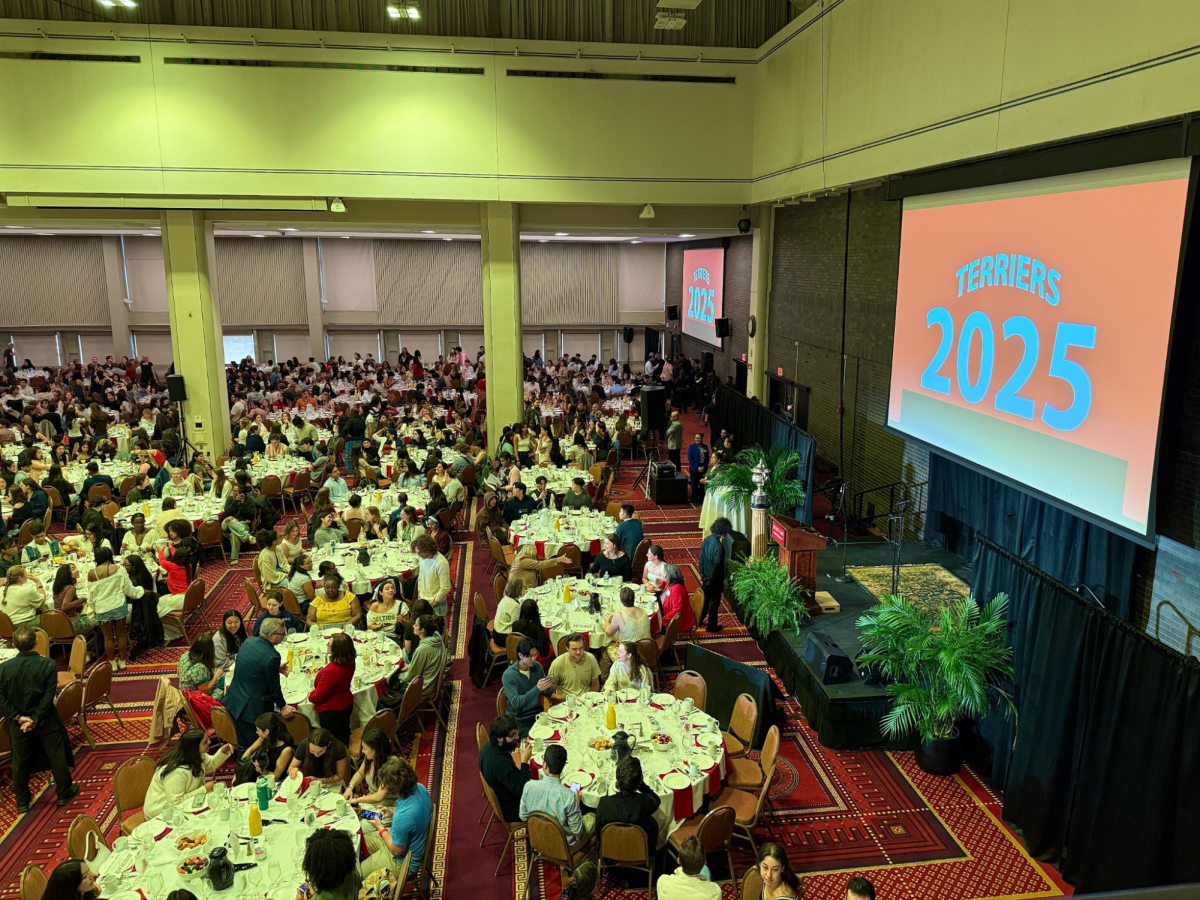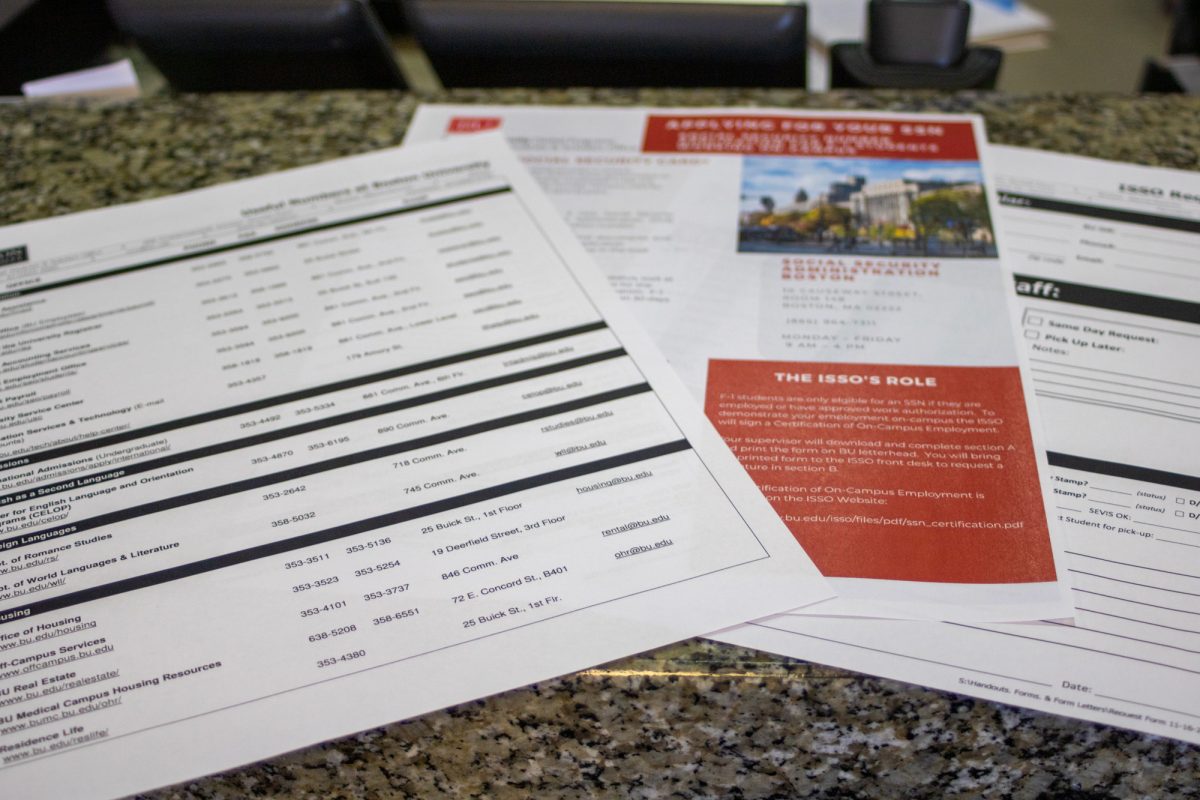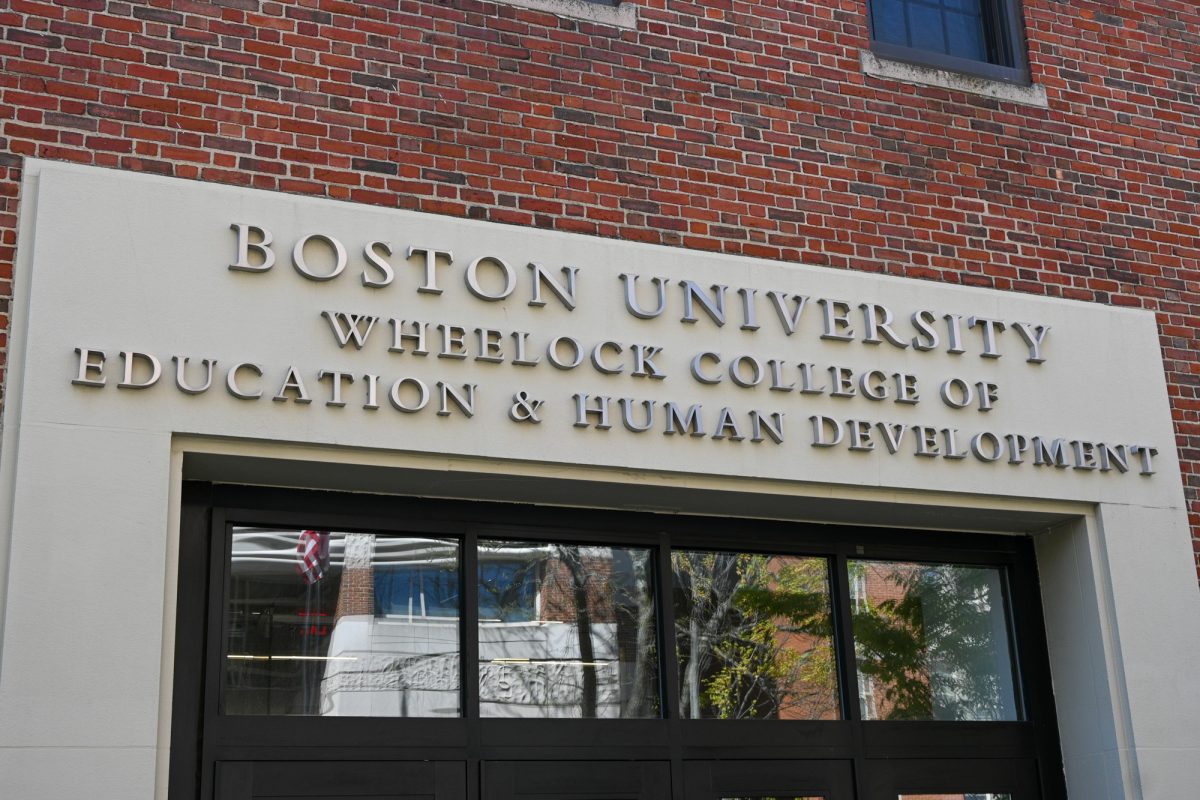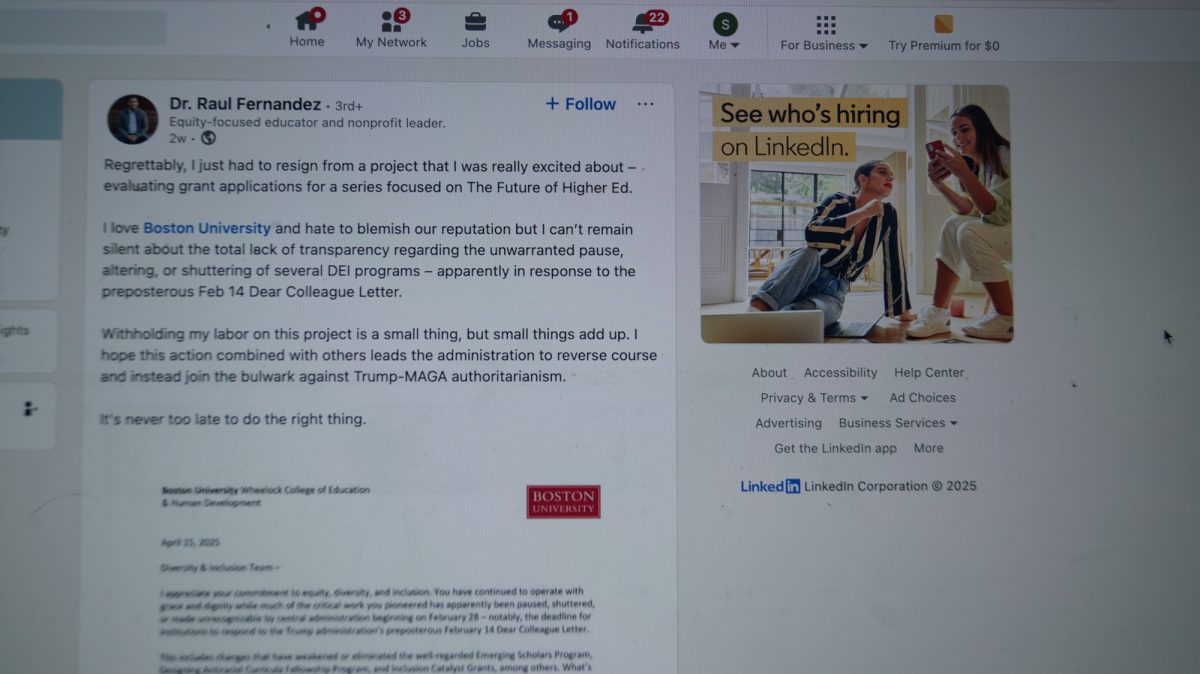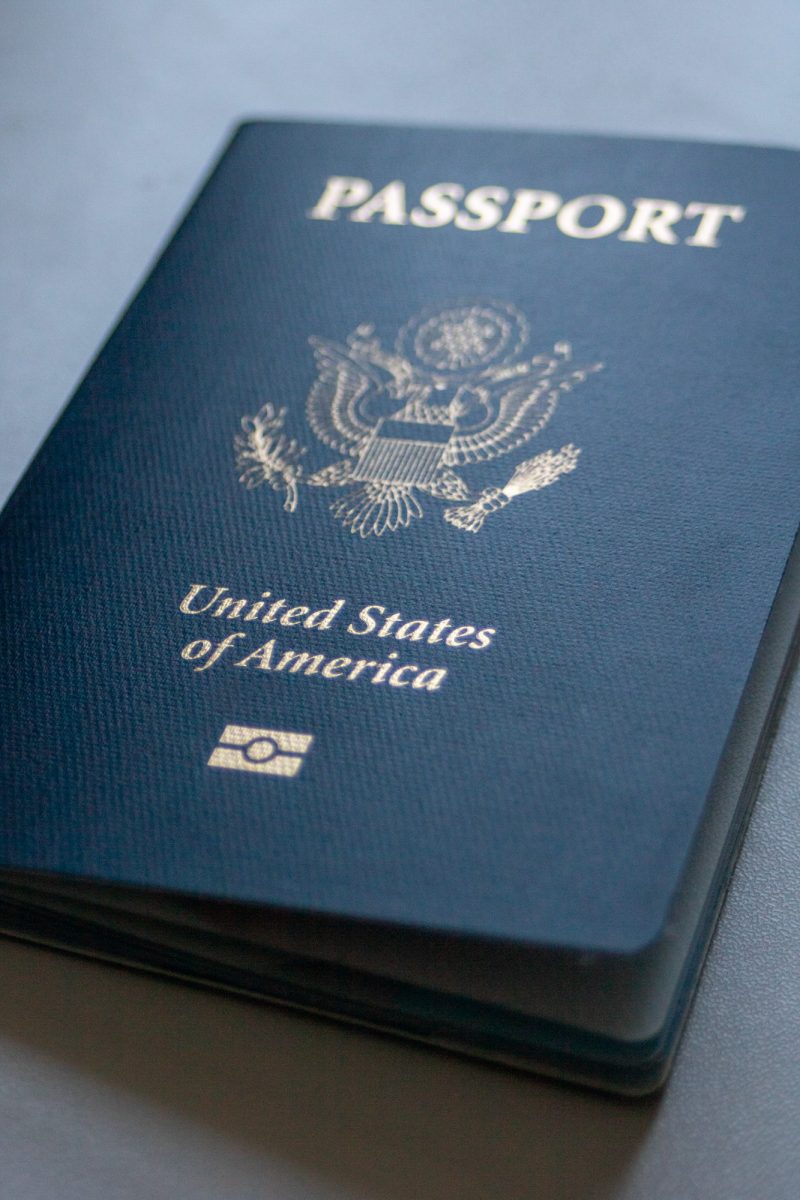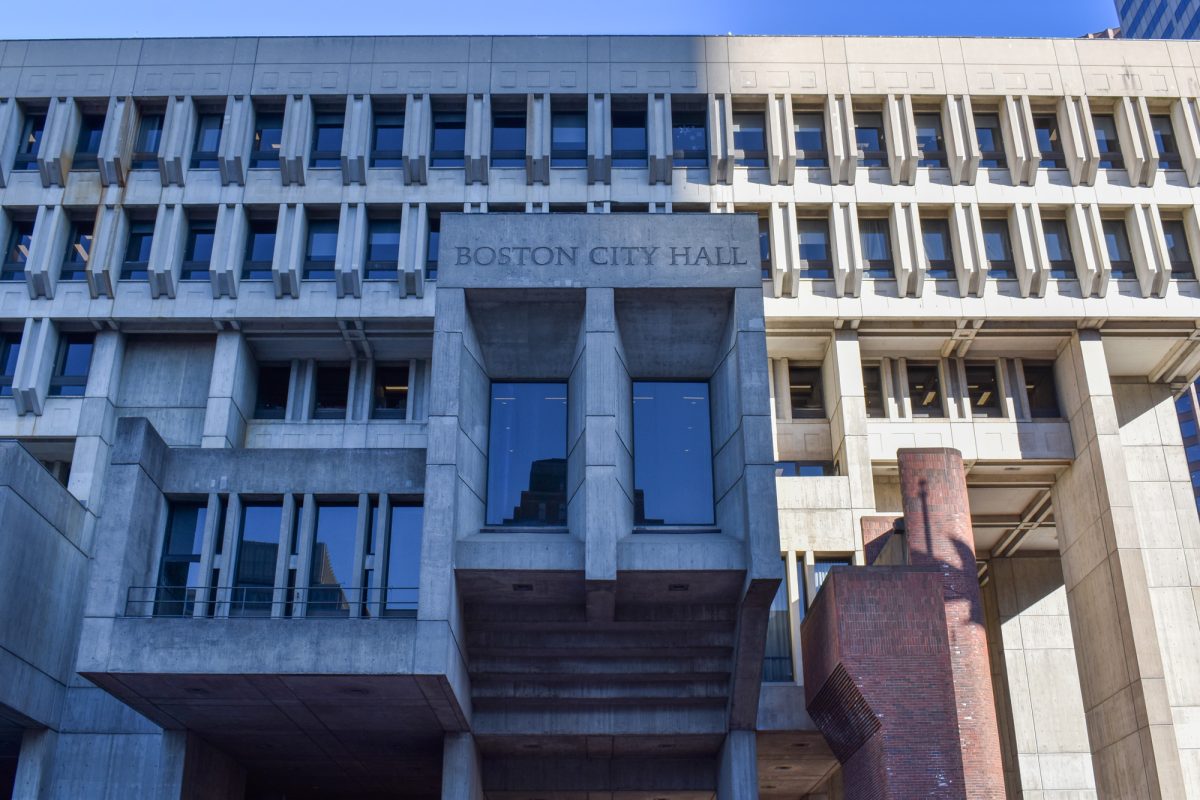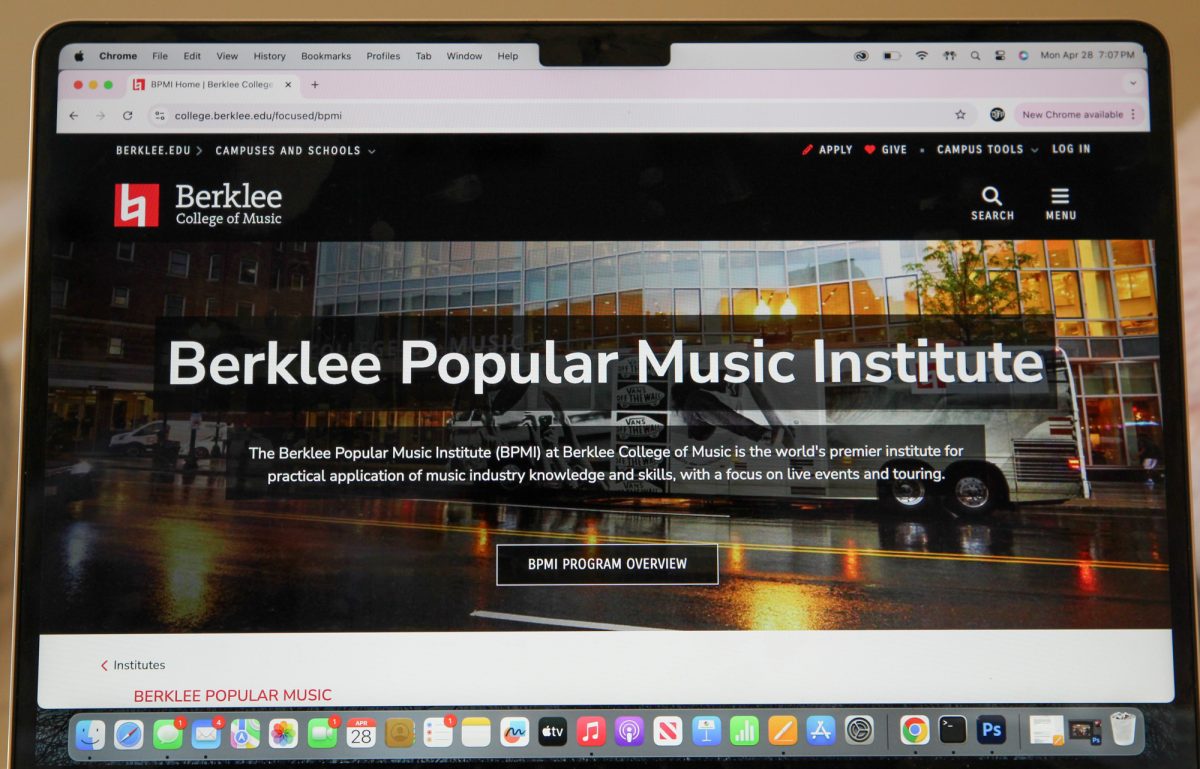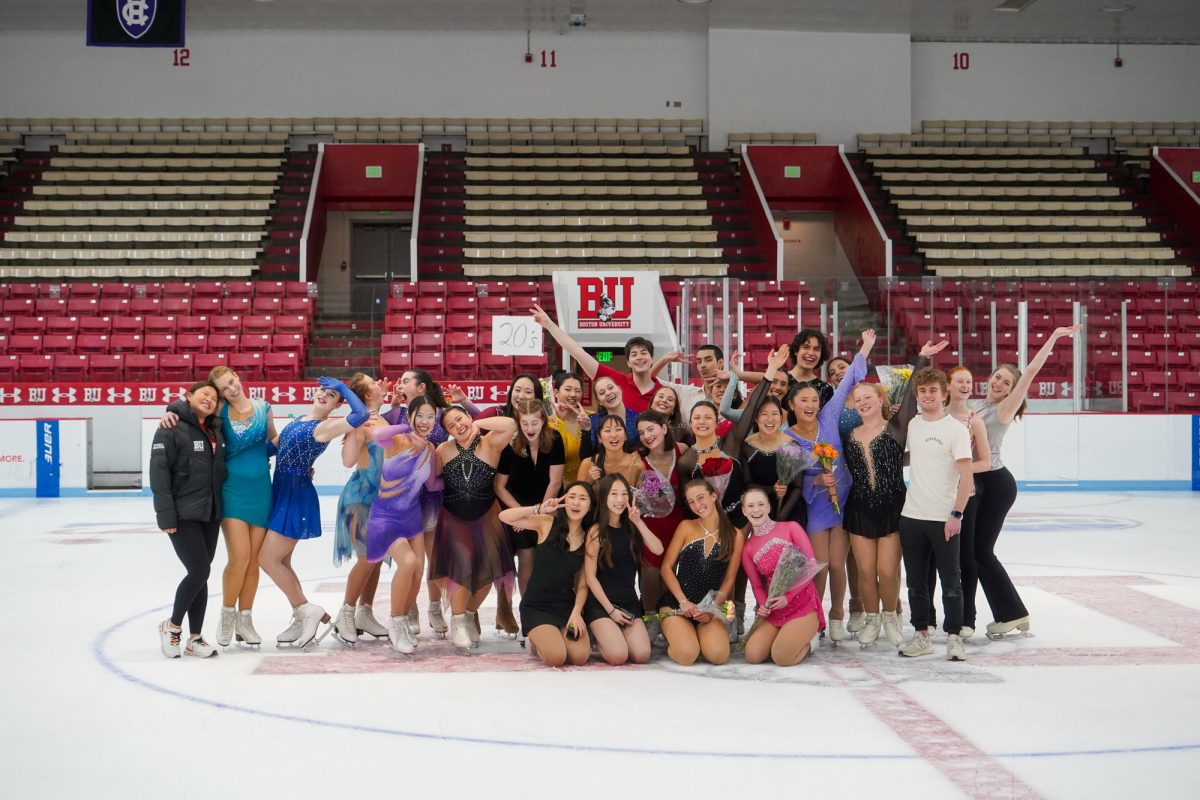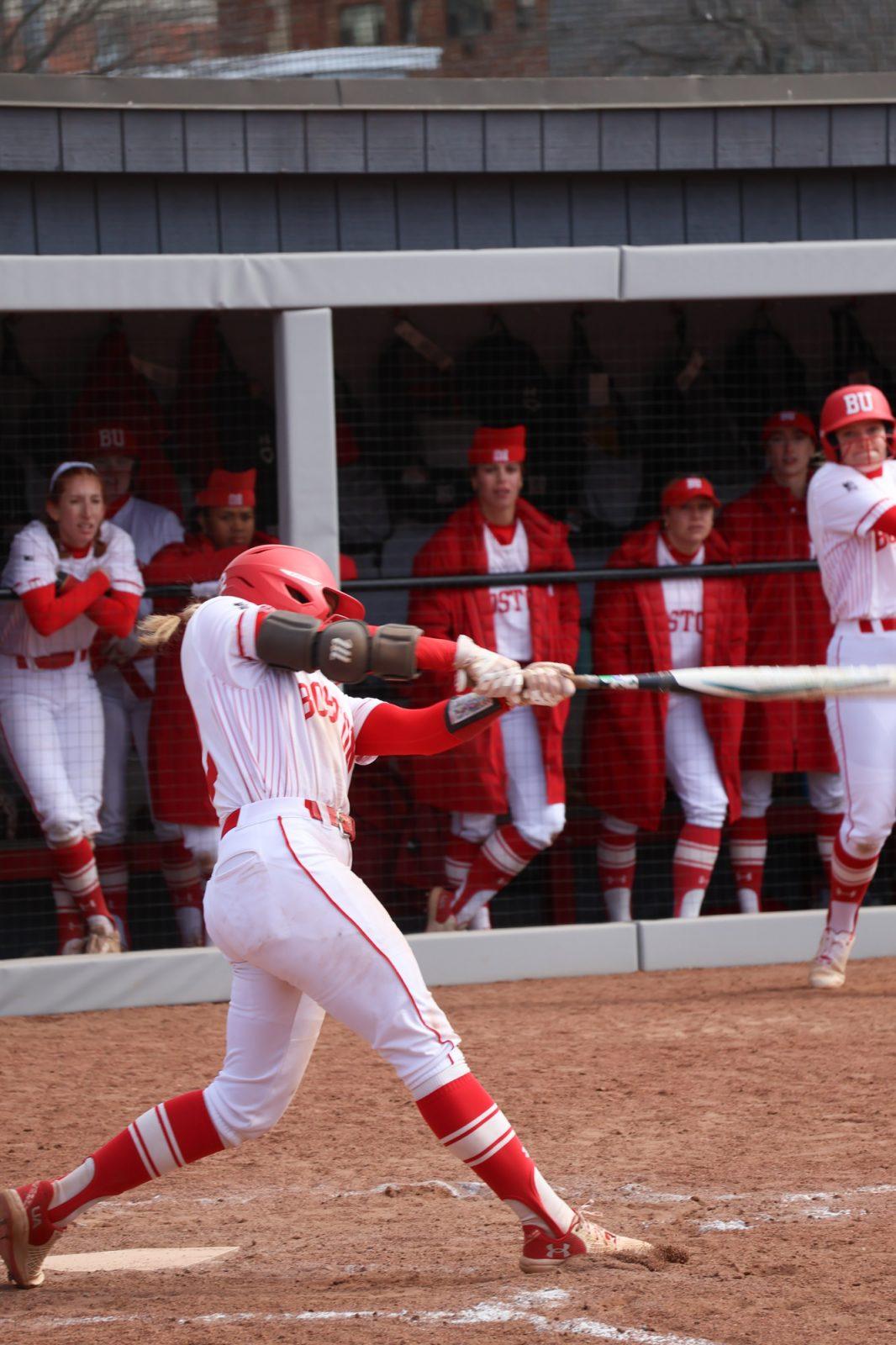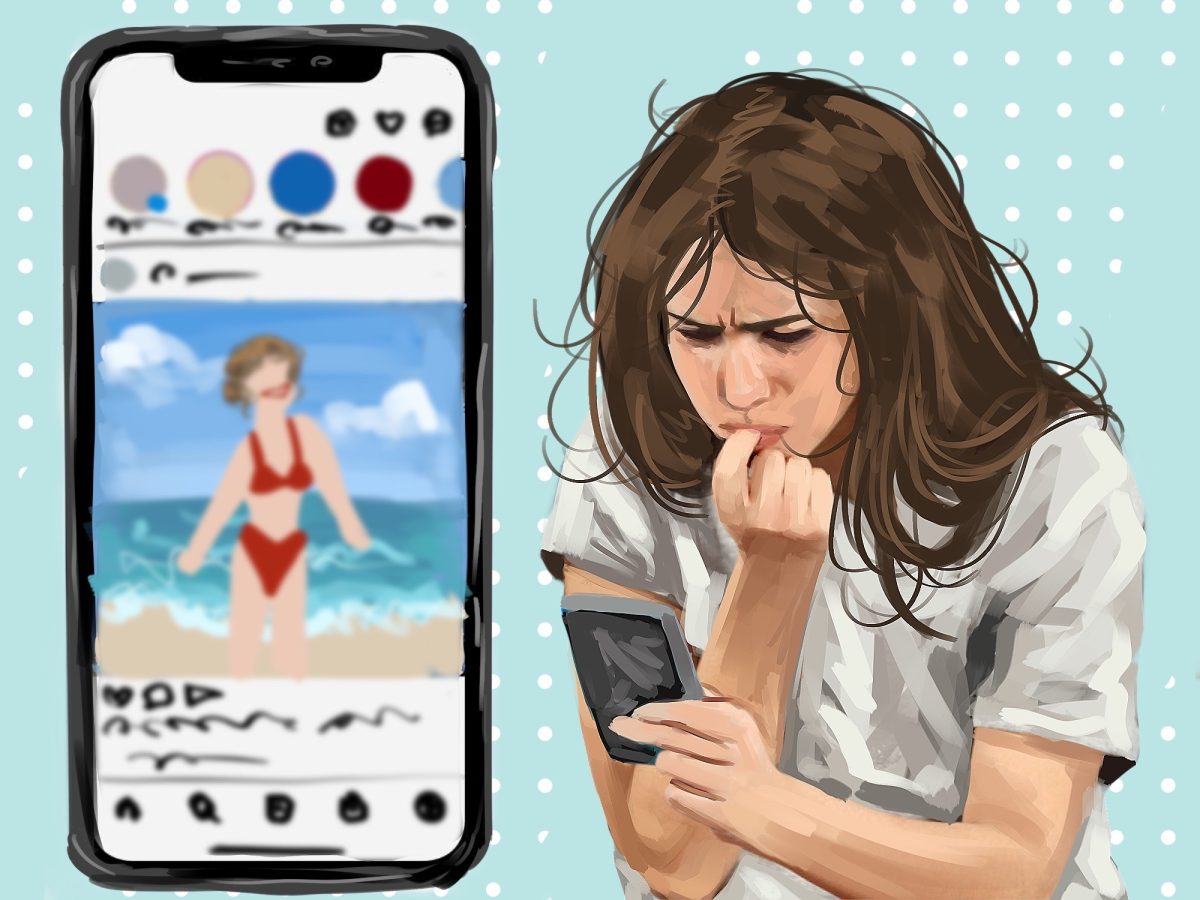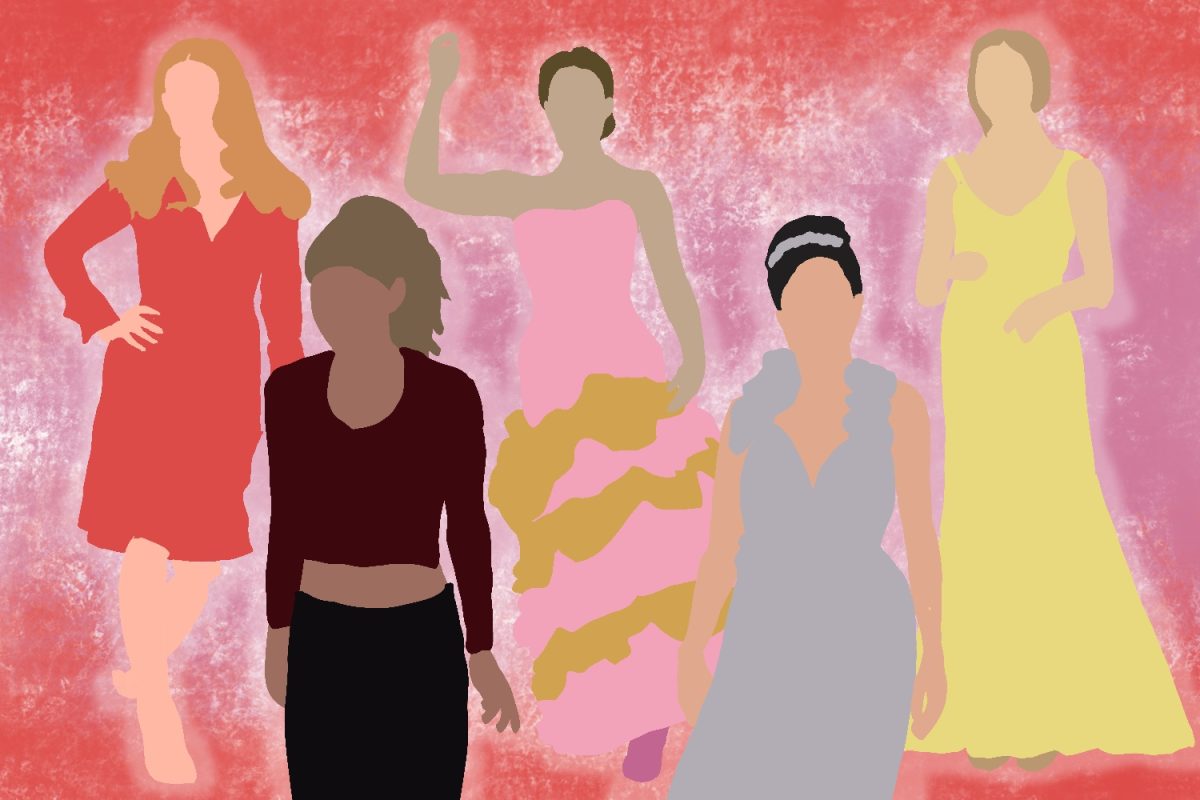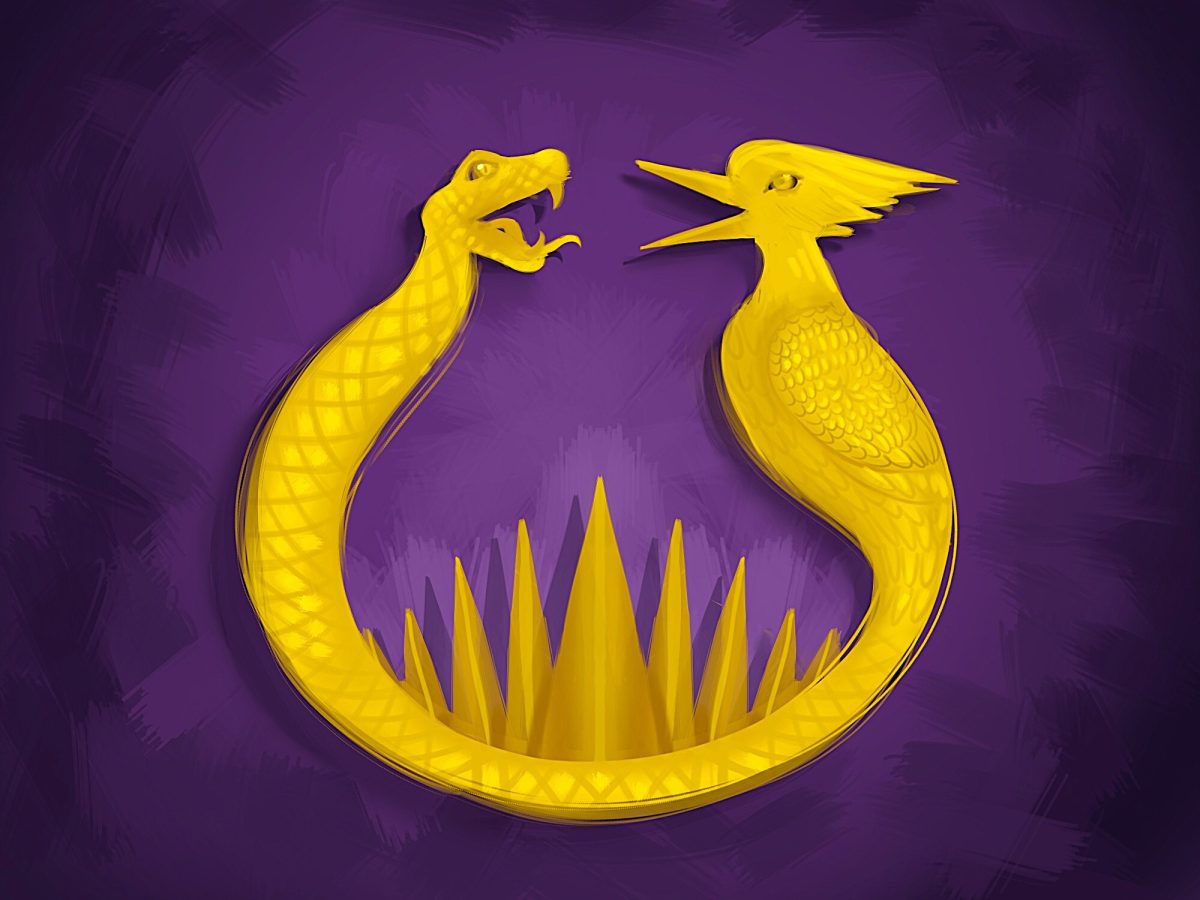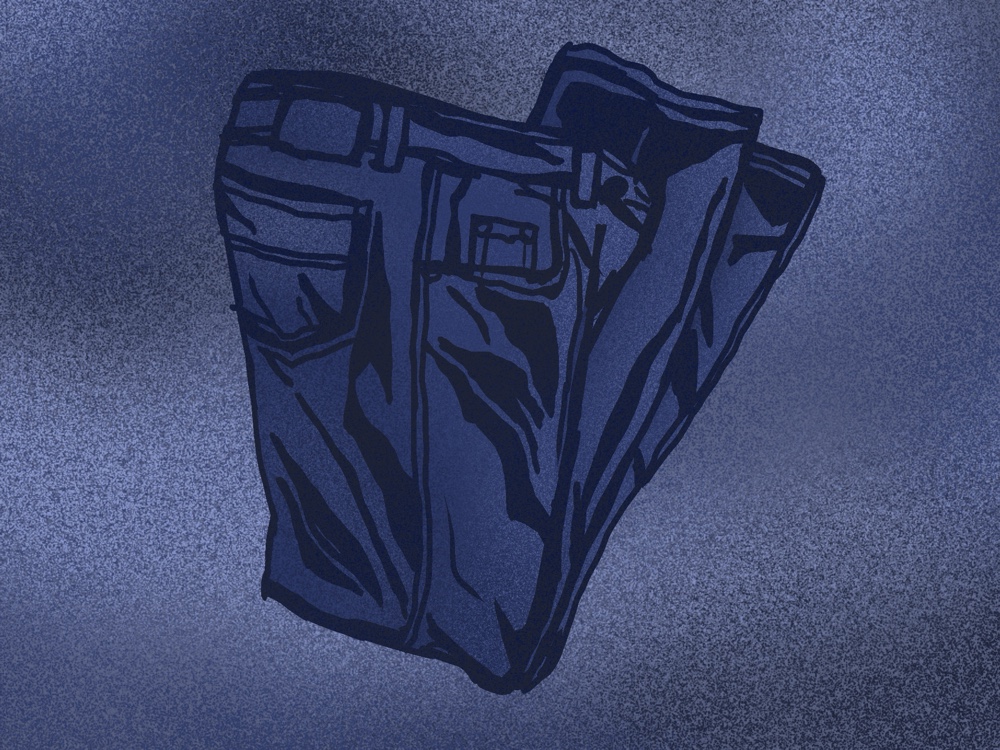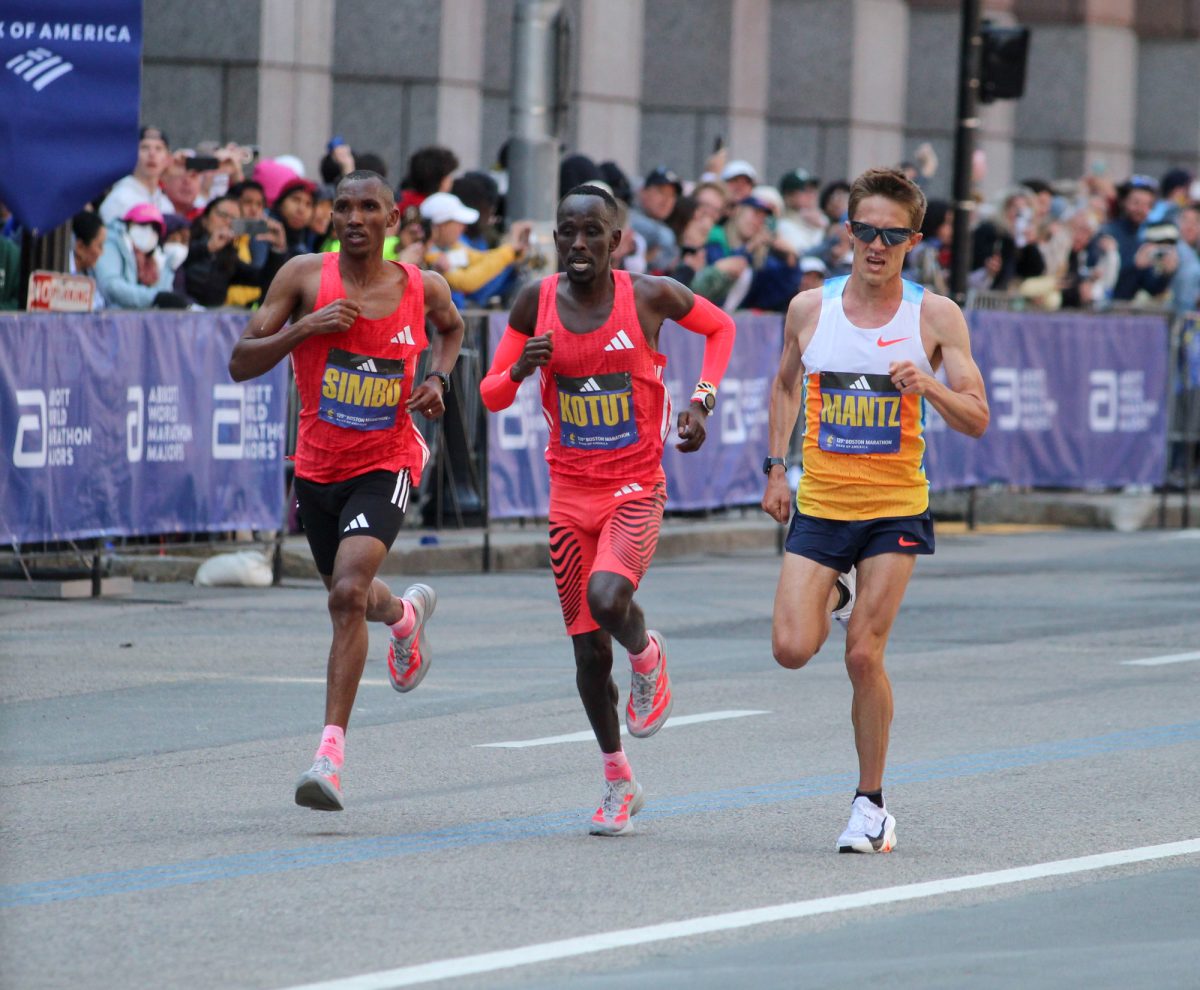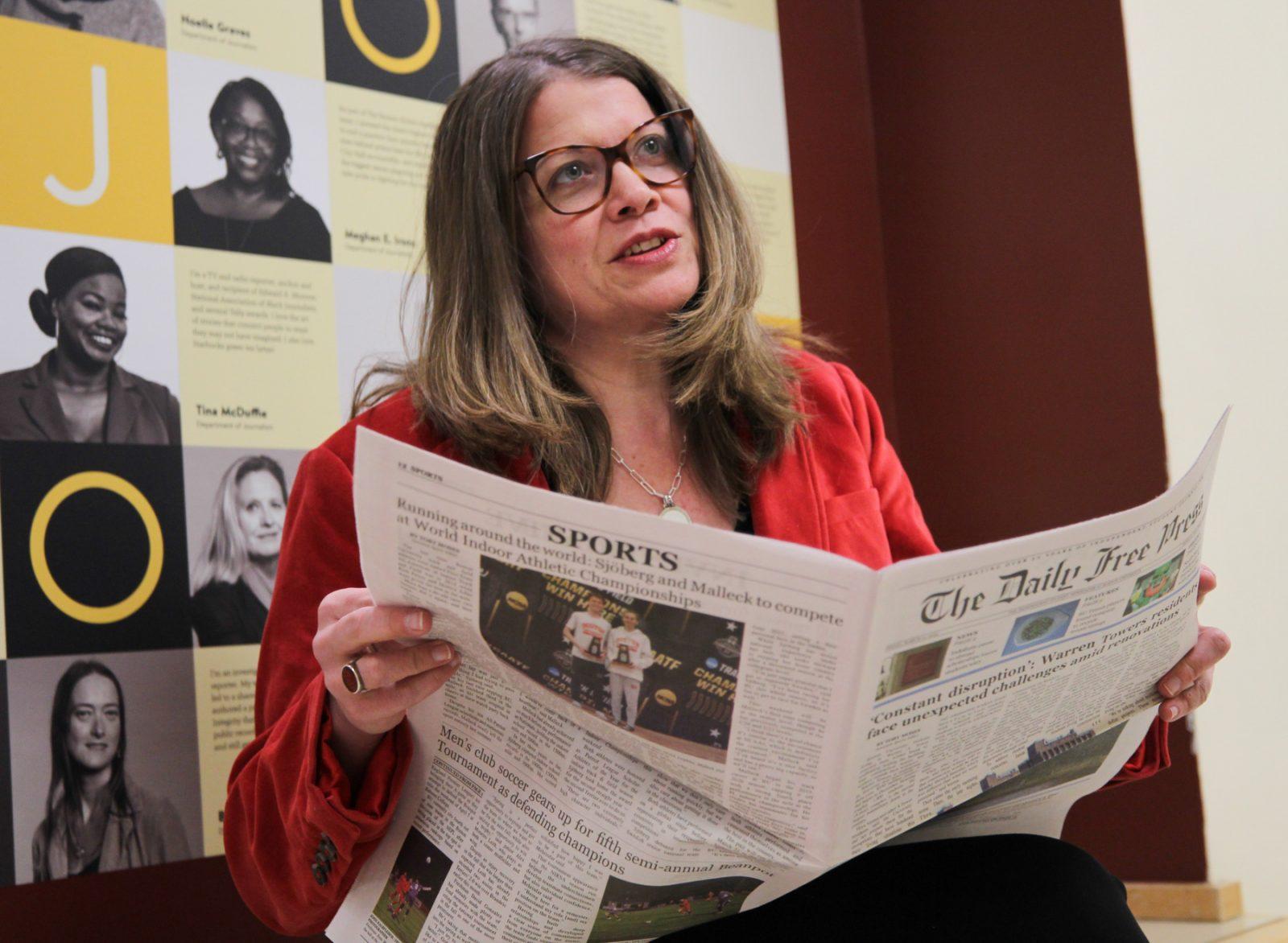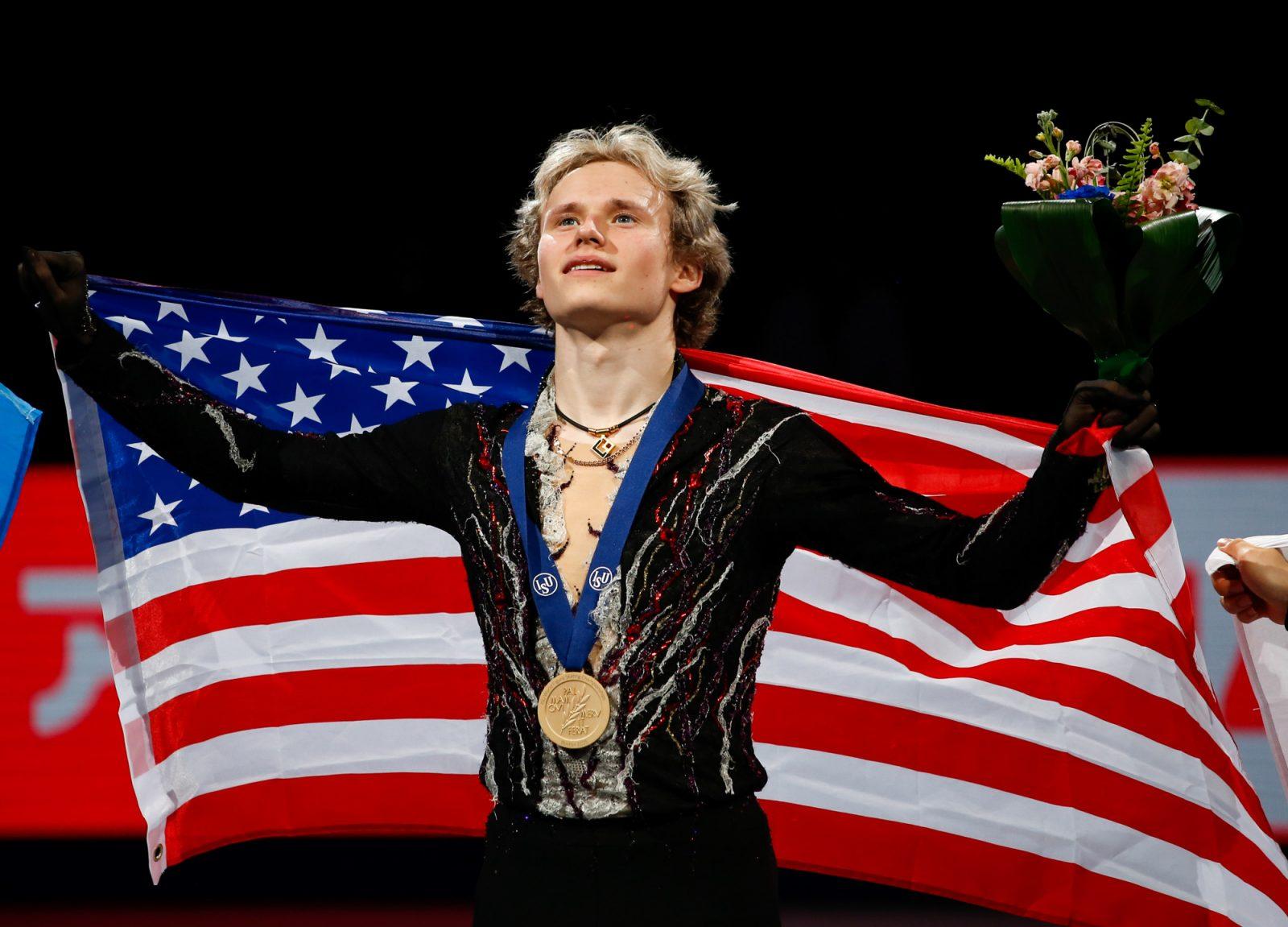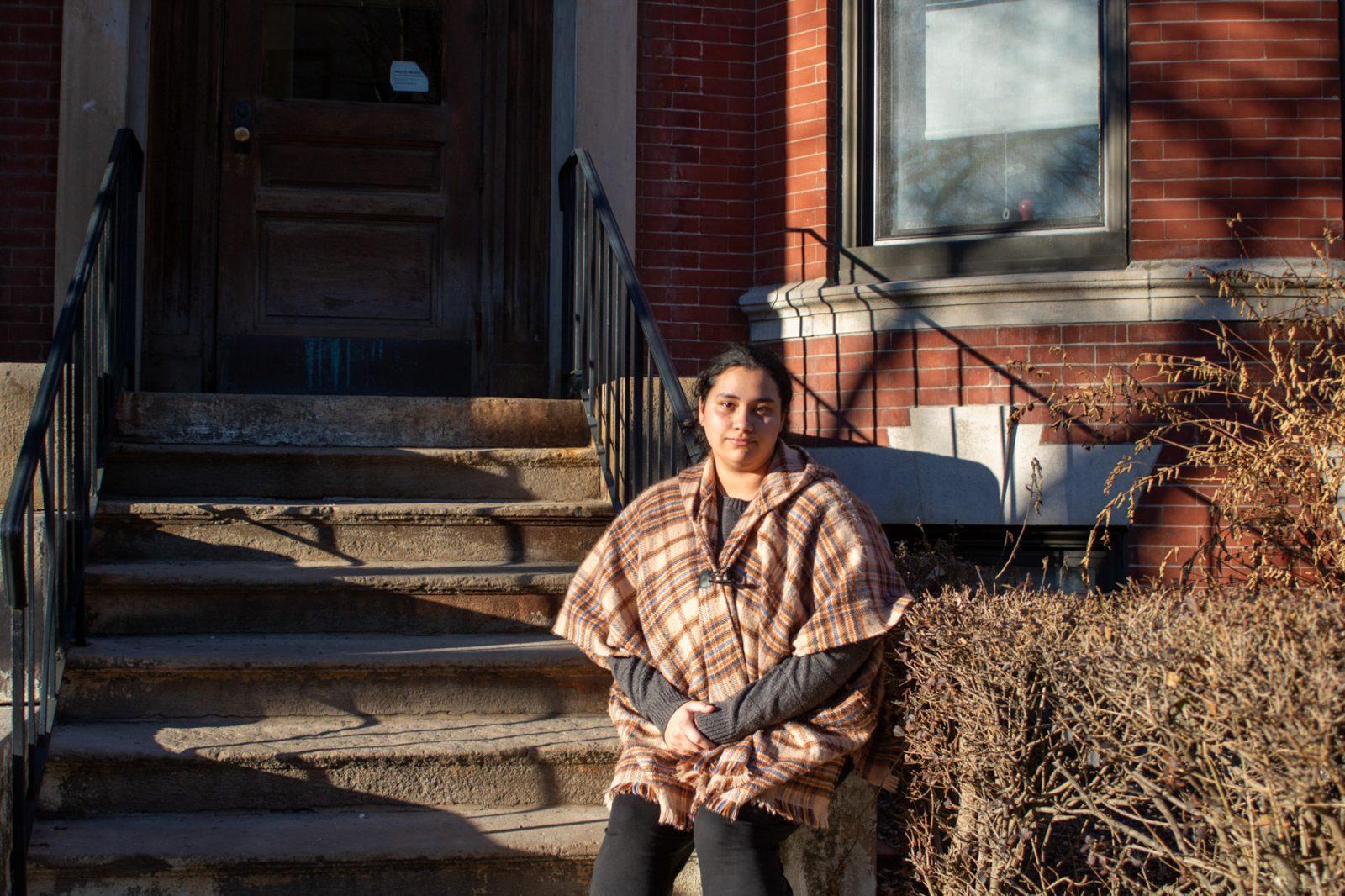Local tattoo and piercing parlors agreed with a recent survey that found 51 percent of college students had body piercings and 23 percent had tattoos.
The study, conducted by Lester B. Mayers and published in the Mayo Clinic Proceedings, surveyed 454 students at Pace University in New York City.
According to Megan Spearin, a piercer at Tribal Ways on Newbury Street, approximately 75 percent of the store’s business comes from students.
“The majority of my day is students,” Spearin said.
Pumpkin Tattoo and Chameleon Tattoo and Piercing, both in Cambridge, said about 30 percent of their business comes from students, although high school students and older clients come in as well.
However, many students said they feel getting a piercing or tattoo is a matter of personal choice, not something consistent with all students.
“I don’t feel like I’m part of a trend,” said Lindsey Rundell, a College of Communication freshman. “I think it’s more a form of personal expression. I think it’s becoming more socially acceptable now.”
While the study reported, “…the incidence of medical complications of piercing was 17 percent,” many students said they are not deterred by such a risk.
Jason Frustadlia, a tattoo artist at Chameleon Tattoo and Piercing, said students are sometimes nervous, depending on their level of experience with piercing.
“Everybody’s a little bit nervous,” Frustadlia said. “It depends on if it’s their first time.”
Rundell said she was slightly worried due to previous complications from a piercing.
“I was kind of nervous because I had my cartilage pierced over break. It got infected and I had to take it out,” Rundell said.
In terms of the actual act of getting pierced or a tattoo, Juliette Houlne, shop manager and piercer of Pumpkin Tattoo, said she has noticed that few students seemed to be nervous lately.
“Most of our clients don’t seem to be that nervous,” Houlne said. “They know what they want when they come in, and they’re confident and psyched.”
According to the study, the most popular body piercings are the navel among females, and the eyebrow and tongue among males. Area piercing and tattoo parlors agreed.
While a piercing usually takes approximately 10 minutes, a tattoo can take hours, depending on the size and area of the body.
“We do more piercings in here, but it’s because of the time constraints,” Frustadlia said.
Tattoos are also more expensive. While a body piercing generally costs $40-$65, a tattoo generally costs a minimum of $65 and the client is usually charged an hourly rate that can range from $100-150 per hour.
“It can be as much as $1,200 [total],” Frustadlia said.

